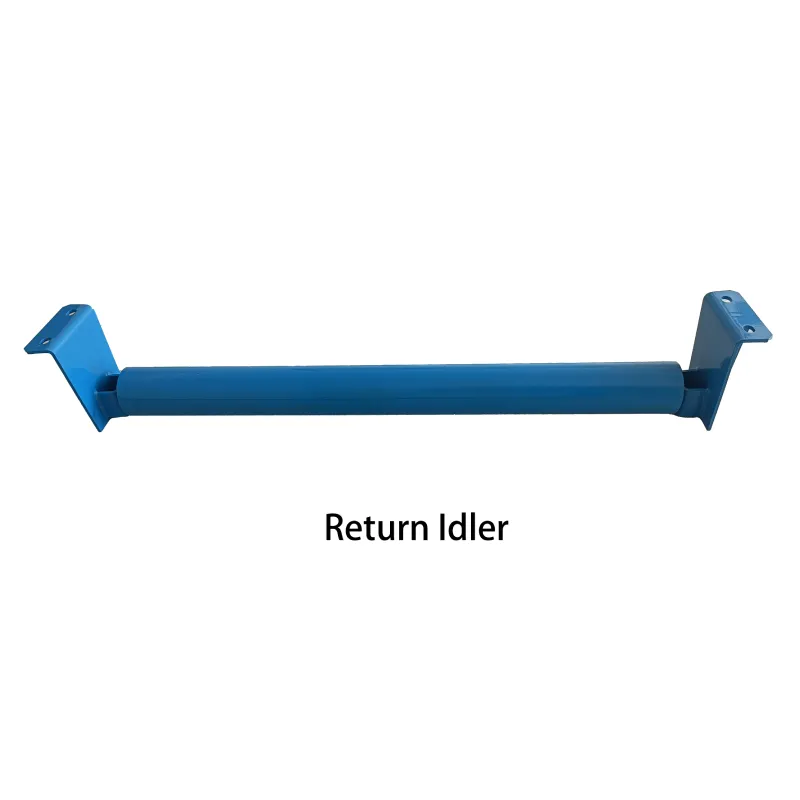 Afrikaans
Afrikaans  Albanian
Albanian  Amharic
Amharic  Arabic
Arabic  Armenian
Armenian  Azerbaijani
Azerbaijani  Basque
Basque  Belarusian
Belarusian  Bengali
Bengali  Bosnian
Bosnian  Bulgarian
Bulgarian  Catalan
Catalan  Cebuano
Cebuano  Corsican
Corsican  Croatian
Croatian  Czech
Czech  Danish
Danish  Dutch
Dutch  English
English  Esperanto
Esperanto  Estonian
Estonian  Finnish
Finnish  French
French  Frisian
Frisian  Galician
Galician  Georgian
Georgian  German
German  Greek
Greek  Gujarati
Gujarati  Haitian Creole
Haitian Creole  hausa
hausa  hawaiian
hawaiian  Hebrew
Hebrew  Hindi
Hindi  Miao
Miao  Hungarian
Hungarian  Icelandic
Icelandic  igbo
igbo  Indonesian
Indonesian  irish
irish  Italian
Italian  Japanese
Japanese  Javanese
Javanese  Kannada
Kannada  kazakh
kazakh  Khmer
Khmer  Rwandese
Rwandese  Korean
Korean  Kurdish
Kurdish  Kyrgyz
Kyrgyz  Lao
Lao  Latin
Latin  Latvian
Latvian  Lithuanian
Lithuanian  Luxembourgish
Luxembourgish  Macedonian
Macedonian  Malgashi
Malgashi  Malay
Malay  Malayalam
Malayalam  Maltese
Maltese  Maori
Maori  Marathi
Marathi  Mongolian
Mongolian  Myanmar
Myanmar  Nepali
Nepali  Norwegian
Norwegian  Norwegian
Norwegian  Occitan
Occitan  Pashto
Pashto  Persian
Persian  Polish
Polish  Portuguese
Portuguese  Punjabi
Punjabi  Romanian
Romanian  Russian
Russian  Samoan
Samoan  Scottish Gaelic
Scottish Gaelic  Serbian
Serbian  Sesotho
Sesotho  Shona
Shona  Sindhi
Sindhi  Sinhala
Sinhala  Slovak
Slovak  Slovenian
Slovenian  Somali
Somali  Spanish
Spanish  Sundanese
Sundanese  Swahili
Swahili  Swedish
Swedish  Tagalog
Tagalog  Tajik
Tajik  Tamil
Tamil  Tatar
Tatar  Telugu
Telugu  Thai
Thai  Turkish
Turkish  Turkmen
Turkmen  Ukrainian
Ukrainian  Urdu
Urdu  Uighur
Uighur  Uzbek
Uzbek  Vietnamese
Vietnamese  Welsh
Welsh  Bantu
Bantu  Yiddish
Yiddish  Yoruba
Yoruba  Zulu
Zulu conveyor drum pulley
Exploring Conveyor Drum Pulleys An Essential Component in Material Handling Systems
Conveyor systems are integral to modern industries, facilitating the efficient movement of materials from one location to another. Among the various components that constitute these systems, the conveyor drum pulley stands out as a critical element that plays a vital role in the overall functionality and efficiency of the conveyor system. This article will delve into the purpose, design, functions, and types of conveyor drum pulleys, illustrating their significance in material handling.
What is a Conveyor Drum Pulley?
A conveyor drum pulley is a cylindrical device that is connected to the conveyor belt and is responsible for the belt's movement. Typically made of durable materials like steel or aluminum, these pulleys are designed to withstand heavy loads, resist wear and tear, and maintain the integrity of the conveyor system over time. The pulleys are primarily located at the ends of the conveyor belt system and are crucial in providing the necessary tension to keep the belt aligned.
Functions of Conveyor Drum Pulleys
Conveyor drum pulleys serve several key functions in the operation of conveyor systems
1. Belt Drive The primary function of a drum pulley is to drive the conveyor belt. By rotating, the pulley moves the belt along the conveyor line, allowing materials to be transported efficiently.
2. Tension Management Proper tension in the conveyor belt is essential for its optimal performance. Drum pulleys help adjust and maintain the tension, ensuring that the belt does not slip or become misaligned during operation.
3. Support and Stability The drum pulleys provide the necessary support for the conveyor belt, helping distribute the weight of the materials being transported. This stability is crucial for preventing belt sagging and potential operational issues.
4. Load Handling Designed to handle varying loads, pulleys are engineered to distribute weight evenly across the conveyor system. This prevents localized stress and damage to the belt and other components.
Design Features of Conveyor Drum Pulleys
The design of conveyor drum pulleys is pivotal in ensuring their effectiveness and longevity. Key design features include
conveyor drum pulley

1. Material Composition Most drum pulleys are constructed from high-strength materials to withstand harsh operational conditions. The choice of material ensures durability and resistance to wear.
2. Surface Texture The surface of the drum pulley can vary depending on its intended use. Some pulleys feature textured surfaces to enhance belt grip, while others may have a smooth finish depending on the application requirements.
3. End Disc Design Many drum pulleys incorporate end discs to increase structural integrity and provide a solid connection to the shafts. This design feature aids in the distribution of forces experienced during operation.
4. Customizability Conveyor drum pulleys can be customized according to specific industrial needs. This includes variations in diameter, width, and thickness, allowing industries to tailor the pulley attributes to their unique operational requirements.
Types of Conveyor Drum Pulleys
There are several types of conveyor drum pulleys, categorized based on their function and design
1. Drive Pulleys These are traditionally used to drive the conveyor belt. They are designed to provide maximum grip and withstand high torque from the motor.
2. Tail Pulleys Located at the non-drive end of the conveyor system, tail pulleys serve to support the belt and are crucial for returning the belt back to the drive pulley.
3. Snub Pulleys These pulleys are used to create additional tension and help in maintaining the alignment of the conveyor belt.
4. Take-Up Pulleys Essential for adjusting the length of the belt, take-up pulleys help in maintaining proper tension during operation, ensuring efficiency and reducing wear.
Conclusion
In conclusion, conveyor drum pulleys are indispensable components in material handling systems, contributing significantly to the efficiency and reliability of conveyor operations. Understanding their functions, design features, and various types is fundamental for industries aiming to optimize their material handling processes. As industries continue to evolve, the advancements in pulley technology will play a crucial role in enhancing the performance and sustainability of conveyor systems, ultimately driving productivity across various sectors.
-
Revolutionizing Conveyor Reliability with Advanced Rubber Lagging PulleysNewsJul.22,2025
-
Powering Precision and Durability with Expert Manufacturers of Conveyor ComponentsNewsJul.22,2025
-
Optimizing Conveyor Systems with Advanced Conveyor AccessoriesNewsJul.22,2025
-
Maximize Conveyor Efficiency with Quality Conveyor Idler PulleysNewsJul.22,2025
-
Future-Proof Your Conveyor System with High-Performance Polyurethane RollerNewsJul.22,2025
-
Driving Efficiency Forward with Quality Idlers and RollersNewsJul.22,2025





























